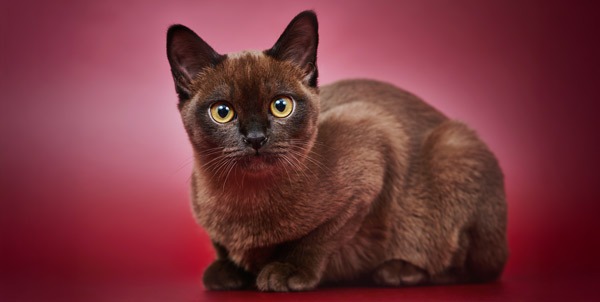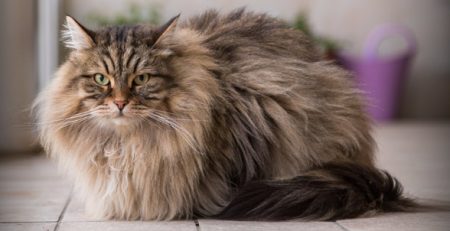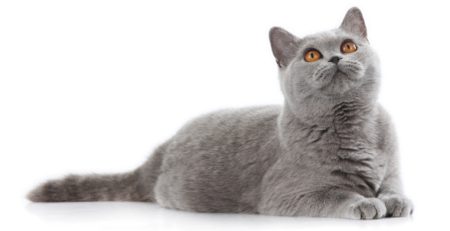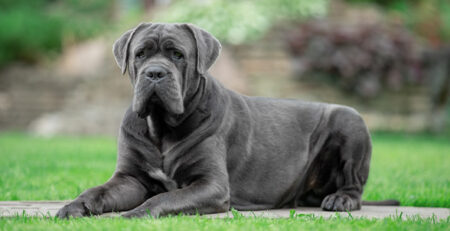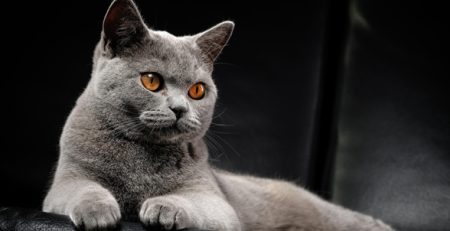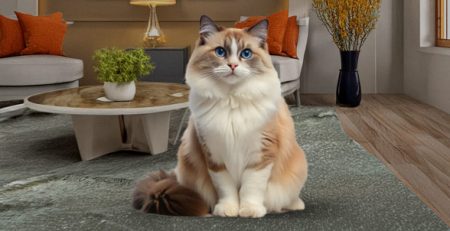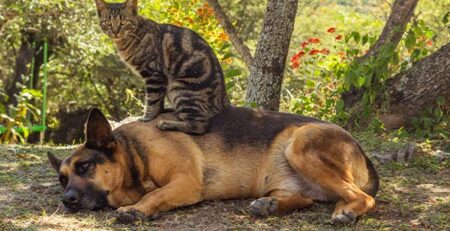The Burmese cat: almond-shaped eyes and expressive face
The Burmese cat is a feline breed developed from domestic cats in Southeast Asia, particularly in the region of Burma (present-day Myanmar).
The first Burmese were introduced to the United States in the 1930s through the importation of a cat named “Wong Mau,” considered the progenitor of the modern breed.
Wong Mau’s unique charm attracted the attention of Dr. Thompson, a breeder of Siamese cats, who initially mistook her specifically for a Siamese because of the color of her coat, described as nut brown with darker brown tips.
From ancient Suphalak to present-day Burmese
In fact, the earliest sightings of a dark brown cat date back to the 1700s, when various written records mention Suphalak (or Thon Daeg) cats , which are probably the ancestors of the Burmese.
Thompson had the cat mated with a Siamese: both pure Siamese and Siamese/Burmese hybrids were born.
These were then made to mate with each other, thus generating the pure Burmese breed.
In 1936, the Cat Fanciers’ Association (CFA) recognized this breed, followed by other organizations such as the Governing Council of the Cat Fancy (GCCF) and the Fédération Internationale Féline (FIFe).
The Burmese cat’s coat is one of its most distinctive features
This cat is known for its short, thick, shiny coat, which generally comes in a variety of colors, including brown, blue, sable, chocolate, red, and cream.
The coat is silky and soft to the touch, giving it an elegant and attractive appearance.
The coloring of Burmese cats is unique in that their colors are intense and uniform, with no spots or streaks.
In addition, their skin may have a slightly lighter shade on the belly.
The Burmese cat is small to medium in size: females weigh about 4 kg, males can reach 6 kg.
The Burmese’s temperament is one of the most appreciated aspects of the breed by lovers of the breed
These cats are known to be sociable, affectionate and very attached to their humans .
Extremely playful and curious, they love to interact with people and participate in family activities.
In addition, Burmese cats are very vocal and also tend to actively communicate through their facial expressions.
They are also characterized by an intrepid personality and high intelligence.
Statistically, this is one of the longest-lived feline breeds: on average, Burmese live about 17 years.
However, they are predisposed to some diseases.
The most common diseases in Burmese
Common diseases include respiratory disorders such as chronic bronchitis, dental problems, and heart malformations.
Some studies suggest that Burmese cats may be more susceptible to diseases such as hyperlipidemia and hypertrophic cardiomyopathy, a condition in which the heart muscle becomes abnormally thick.
Periodic check-ups and a balanced diet are essential to keep the Burmese healthy.
It is important to be aware of the potential diseases associated with this breed to ensure proper care and maintain its well-being.
To have your Burmese cat screened, for periodic check-ups and vaccines, contact the veterinary doctors on our staff who are always available to you.
We would also like to remind you that Clinica La Veterinaria is always open h24 every day including holidays and with First Aid service from 8 pm to 8 am.

